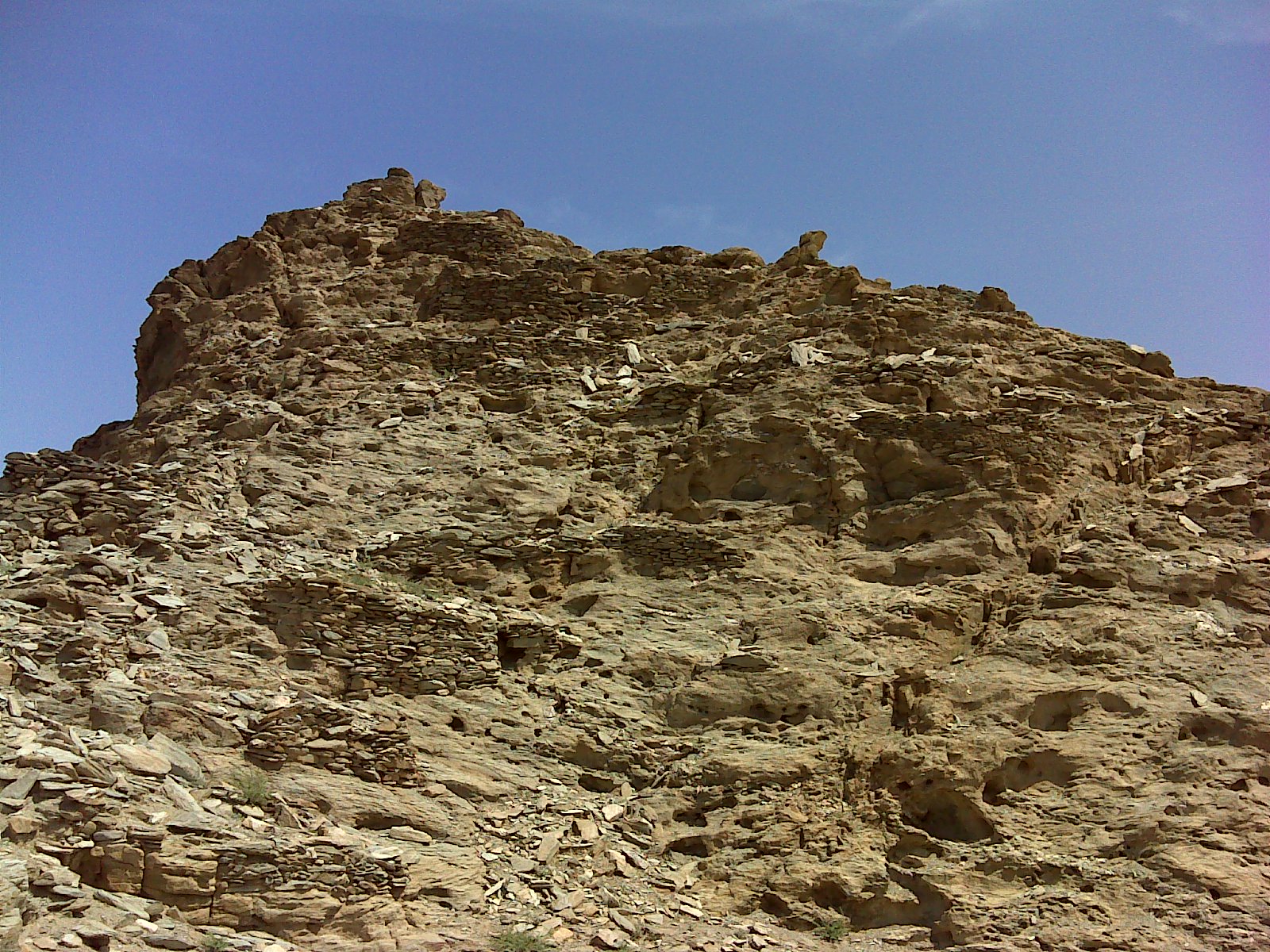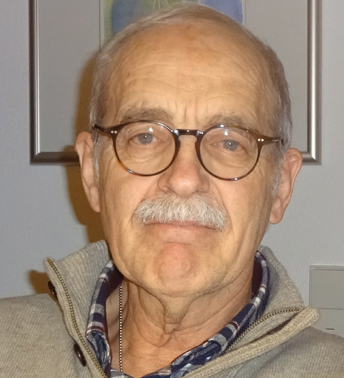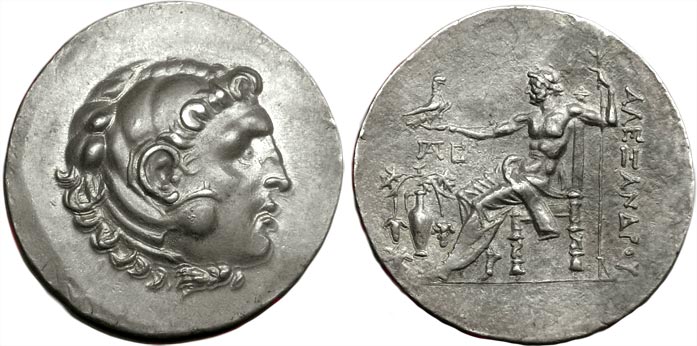|
Al-Nejd, Sultanate Of Oman
Al-Nejd is an archaeological site in Ash Sharqiyah Region (Oman), Ash Sharqiyah, Oman. It was a fortified village inhabited during the Samad Late Iron Age and possibly during Islamic times. The site was discovered in 2014 following the chance find of a coin by a local resident, and was then confirmed and dated by a team from the Ministry of Heritage and Culture. The site yielded an Abiel tetradrachm, struck in what is now the United Arab Emirates. The coin is on display in the The National Museum (Sultanate of Oman), National Museum in Muscat. Al-Nejd is fortified, has a garden and is directly near a water course (''wadi''), all characteristics of the Samad Late Iron Age.Paul A. Yule, ''Cross-roads – Early and Late Iron Age South-eastern Arabia'', Abhandlungen Deutsche Orient-Gesellschaft, vol. 30, Wiesbaden 2014, esp. 62-63 Table 5 (Pros and cons for theoretical premises for the existence of the Samad LIA), , E-Book: See also *Archaeology of Oman *Qaryat al-Saih *Samad al-S ... [...More Info...] [...Related Items...] OR: [Wikipedia] [Google] [Baidu] |
Archaeological Site
An archaeological site is a place (or group of physical sites) in which evidence of past activity is preserved (either prehistoric or historic or contemporary), and which has been, or may be, investigated using the discipline of archaeology and represents a part of the archaeological record. Sites may range from those with few or no remains visible above ground, to buildings and other structures still in use. Beyond this, the definition and geographical extent of a "site" can vary widely, depending on the period studied and the theoretical approach of the archaeologist. Geographical extent It is almost invariably difficult to delimit a site. It is sometimes taken to indicate a settlement of some sort although the archaeologist must also define the limits of human activity around the settlement. Any episode of deposition such as a hoard or burial can form a site as well. Development-led archaeology undertaken as cultural resources management has the disadvantage (or the be ... [...More Info...] [...Related Items...] OR: [Wikipedia] [Google] [Baidu] |
Ash Sharqiyah Region (Oman)
Ash-Sharqiyyah Region ( ar, ٱلْمِنْطَقَة ٱلشَّرْقِيَّة, Al-Minṭaqah Ash-Sharqiyyah, lit=The Eastern Region) was the eastern ''mintaqah, minṭaqah'' (Administrative divisions of Oman, region) of the Sultanate of Oman. The capital of Ash-Sharqiyyah is Sur, Oman, Sur. On 28 October 2011 Ash Sharqiyah Region was split into Ash Sharqiyah North Governorate and Ash Sharqiyah South Governorate. Ash Sharqiyah Region consisted of eleven Provinces of Oman, provinces (''Wilayah, Wilāyāt''): Sur, Oman, Sur, Ibra, Al-Mudhaibi, Al Kamil Wal Wafi, Al-Kamil Wal-Wafi, Jalan Bani Bu Hassan, Jalan Bani Bu Ali, Wadi Bani Khalid, Dema Wa Thaieen, Bidiya, Al Qabil, and Masirah Island, Massirah. The main City, cities are Sur and Ibra. History Archaeology In November 2019, 45 well-preserved tombs covering a 50-80 square metre area and a settlement, dating back to beginning of the Iron Age, were discovered in Al-Mudhaibi by archaeologists from Oman and Heidelberg Universi ... [...More Info...] [...Related Items...] OR: [Wikipedia] [Google] [Baidu] |
Samad Late Iron Age
The present-day Sultanate of Oman lies in the south-eastern Arabian Peninsula. There are different definitions for Oman: traditional Oman includes the present-day United Arab Emirates (U.A.E.), though its prehistoric remains differ in some respects from the more specifically defined Oman proper, which corresponds roughly with the present-day central provinces of the Sultanate. In the north, the Oman Peninsula is more specific, and juts into the Strait of Hormuz. The archaeology of southern Oman Dhofar develops separately from that of central and northern Oman. Different ages are reflected in typological assemblages, Old Stone (Paleolithic) Age, New Stone (Neolithic) Age, Copper Age, Bronze Age, Early Iron Age, Late Iron Age'','' and the Age of Islam. A "period" is an inferred classification from recurring artifact assemblages, sometimes associated with cultures. Ages, on the other hand, are on a much larger scale; they are conventional, but difficult to date absolutely—partial ... [...More Info...] [...Related Items...] OR: [Wikipedia] [Google] [Baidu] |
Paul Alan Yule
Paul Alan Yule is a German archaeologist at the Ruprecht-Karls-Universität Heidelberg (habilitation). His main work targets the archaeology of Oman, Yemen, previously India. Education and career Yule studied at the University of Minnesota (BA), New York University (MA and PhD) and Marburg University. His dissertation, ''Early Cretan Seals'', classified and dated the seals from the Early and Middle Bronze Ages of Minoan Crete. In 1995 his habilitationsschrift at Heidelberg University analysed some 365 pre-Islamic graves in the eastern central part of Oman Within the framework of the Open Access movement Yule emphasises the archiving of his research materials and publications as soon as possible so as to make them publicly available. He does this largely by means of the image bank heidICON and the virtual library Propylaeum-Dok of the Heidelberg University Library. Since 2005 Yule has experimented in 3D recording and animation in India and Oman with the Fachhochschule Mai ... [...More Info...] [...Related Items...] OR: [Wikipedia] [Google] [Baidu] |
Tetradrachm
The tetradrachm ( grc-gre, τετράδραχμον, tetrádrachmon) was a large silver coin that originated in Ancient Greece. It was nominally equivalent to four drachmae. Over time the tetradrachm effectively became the standard coin of the Antiquity, spreading well beyond the borders of the Greek World. As a result, tetradrachms were minted in vast quantities by various polities in many weight and finesse standards, though the Athens-derived ''Attic standard'' of about 17.2 grams was the most common. Because of their large size, tetradrachms were often used by various states or rulers to advertise themselves or to deliver political messages. Popularity of the tetradrachm outlived the political independence of the Greeks and it remained in wide circulation in the Mediterranean up until Crisis of the Third Century, while debased varieties persisted in India and Central Asia into early Middle Ages. Due to their often high artistic level tetradrachms are eagerly collected in mo ... [...More Info...] [...Related Items...] OR: [Wikipedia] [Google] [Baidu] |
United Arab Emirates
The United Arab Emirates (UAE; ar, اَلْإِمَارَات الْعَرَبِيَة الْمُتَحِدَة ), or simply the Emirates ( ar, الِْإمَارَات ), is a country in Western Asia ( The Middle East). It is located at the eastern end of the Arabian Peninsula and shares borders with Oman and Saudi Arabia, while having maritime borders in the Persian Gulf with Qatar and Iran. Abu Dhabi is the nation's capital, while Dubai, the most populous city, is an international hub. The United Arab Emirates is an elective monarchy formed from a federation of seven emirates, consisting of Abu Dhabi (the capital), Ajman, Dubai, Fujairah, Ras Al Khaimah, Sharjah and Umm Al Quwain. Each emirate is governed by an emir and together the emirs form the Federal Supreme Council. The members of the Federal Supreme Council elect a president and vice president from among their members. In practice, the emir of Abu Dhabi serves as president while the ruler of Dub ... [...More Info...] [...Related Items...] OR: [Wikipedia] [Google] [Baidu] |
The National Museum (Sultanate Of Oman)
The National Museum of the Sultanate of Oman is a museum located in Oman. It was developed by the Ministry of Culture and opened to the public in 2016. Background The museum was established by royal decree in 2013 and opened July 30, 2016. It was designed to be the Sultanate's flagship cultural institution, showcasing the nation’s heritage from the earliest human settlement in the Oman Peninsula some two million years ago through to the present day. Collection The National Museum houses 5,466 objects, among which an internationally significant collection of prehistoric metallic artefacts. Its curator, Mouza Sulaiman Mohamed Al-Wardi, is part of an international team exploring the legacy of Oman's silver working tradition, where historically women were also silversmiths. The museum is equipped with infrastructure for 43 digital immersive experiences, a Learning Centre, conservation facilities, an ultra-high definition cinema, and discovery areas for children. It adopted t ... [...More Info...] [...Related Items...] OR: [Wikipedia] [Google] [Baidu] |
Jürgen Schreiber (archaeologist) (born 1962), German manager in international retail business
{{hndis, Schreiber, Jurgen ...
Jürgen Schreiber may refer to: *Jürgen Schreiber (journalist) (1947–2022), German investigative journalist *Jürgen Schreiber (businessman) Jürgen Schreiber (born 1962) is a German-born businessman. He was the CEO of Rexall Health Prior to joining Katz Group, Schreiber served for four years as president and CEO of Edcon Group, the largest non-food retailer in South Africa, with 1,40 ... [...More Info...] [...Related Items...] OR: [Wikipedia] [Google] [Baidu] |
Paul A
Paul may refer to: *Paul (given name), a given name (includes a list of people with that name) * Paul (surname), a list of people People Christianity * Paul the Apostle (AD c.5–c.64/65), also known as Saul of Tarsus or Saint Paul, early Christian missionary and writer * Pope Paul (other), multiple Popes of the Roman Catholic Church * Saint Paul (other), multiple other people and locations named "Saint Paul" Roman and Byzantine empire * Lucius Aemilius Paullus Macedonicus (c. 229 BC – 160 BC), Roman general *Julius Paulus Prudentissimus (), Roman jurist * Paulus Catena (died 362), Roman notary * Paulus Alexandrinus (4th century), Hellenistic astrologer * Paul of Aegina or Paulus Aegineta (625–690), Greek surgeon Royals * Paul I of Russia (1754–1801), Tsar of Russia *Paul of Greece (1901–1964), King of Greece Other people * Paul the Deacon or Paulus Diaconus (c. 720 – c. 799), Italian Benedictine monk * Paul (father of Maurice), the father of Mau ... [...More Info...] [...Related Items...] OR: [Wikipedia] [Google] [Baidu] |
Archaeology Of Oman
The present-day Sultanate of Oman lies in the south-eastern Arabian Peninsula. There are different definitions for Oman: traditional Oman includes the present-day United Arab Emirates (U.A.E.), though its prehistoric remains differ in some respects from the more specifically defined Oman proper, which corresponds roughly with the present-day central provinces of the Sultanate. In the north, the Oman Peninsula is more specific, and juts into the Strait of Hormuz. The archaeology of southern Oman Dhofar develops separately from that of central and northern Oman. Different ages are reflected in typological assemblages, Old Stone (Paleolithic) Age, New Stone (Neolithic) Age, Copper Age, Bronze Age, Early Iron Age, Late Iron Age'','' and the Age of Islam. A "period" is an inferred classification from recurring artifact assemblages, sometimes associated with cultures. Ages, on the other hand, are on a much larger scale; they are conventional, but difficult to date absolutely—partial ... [...More Info...] [...Related Items...] OR: [Wikipedia] [Google] [Baidu] |





.jpg)
